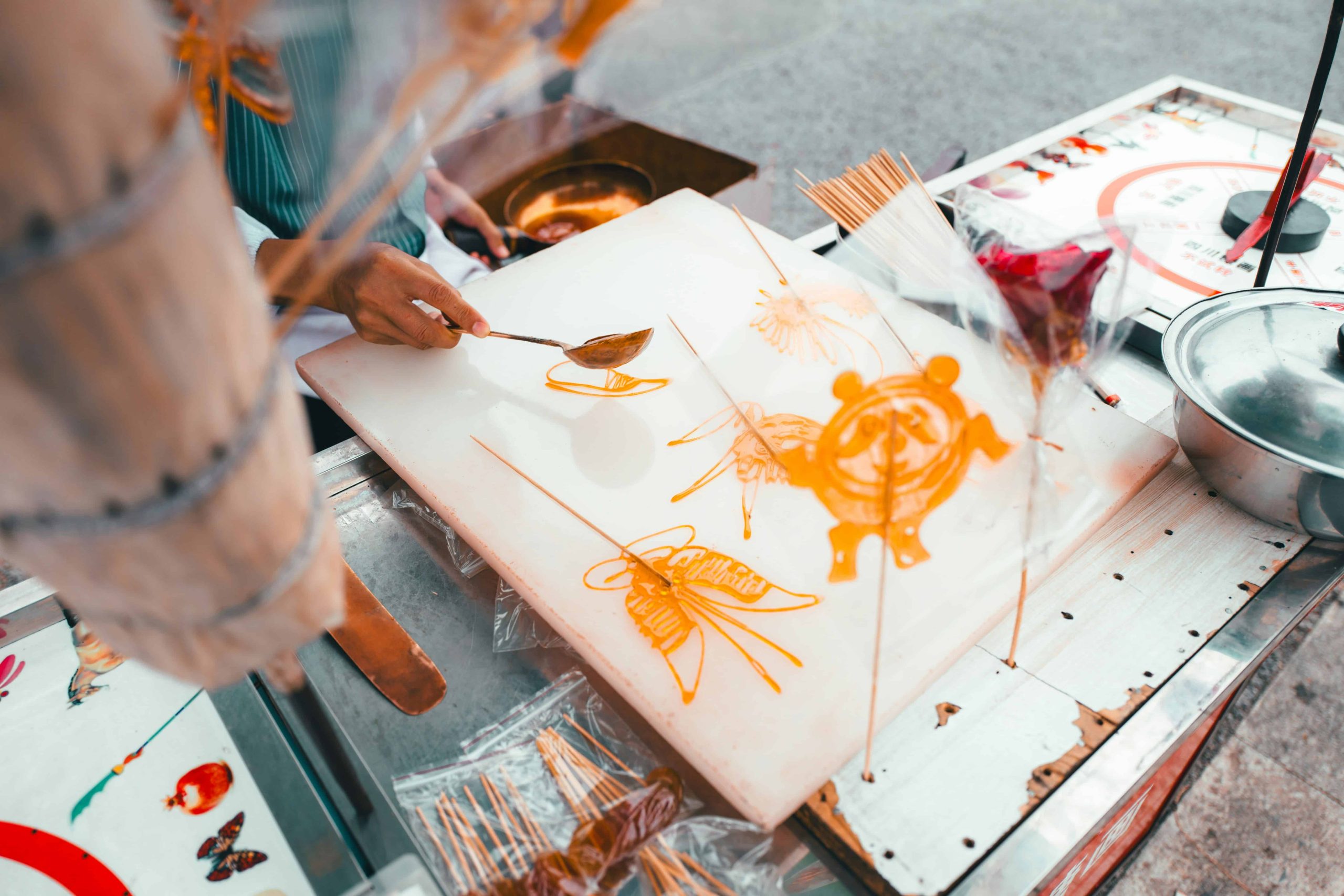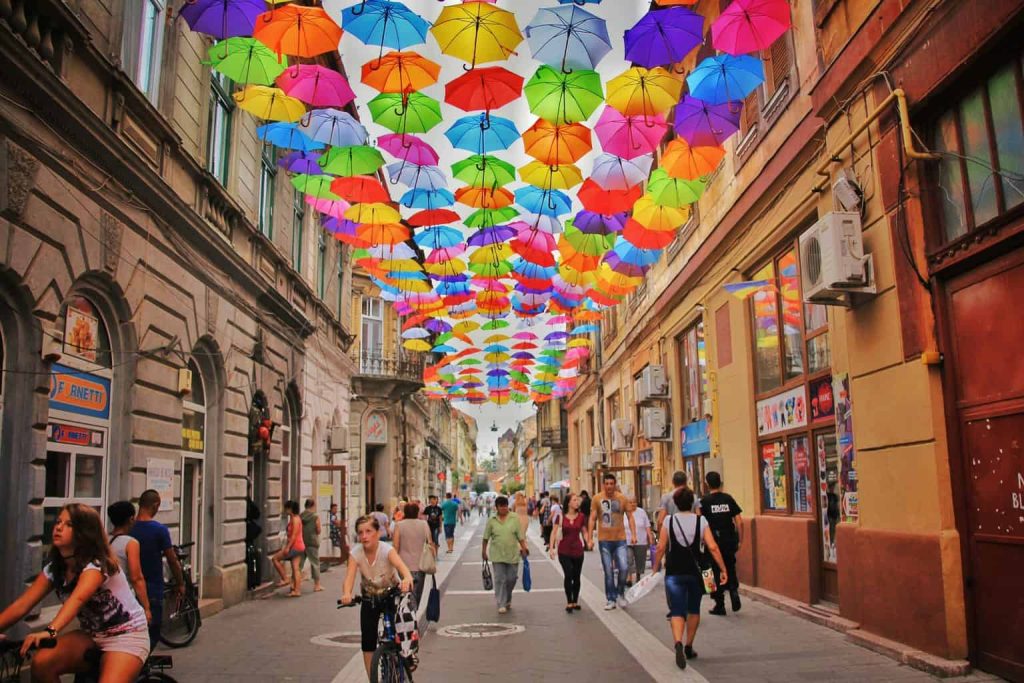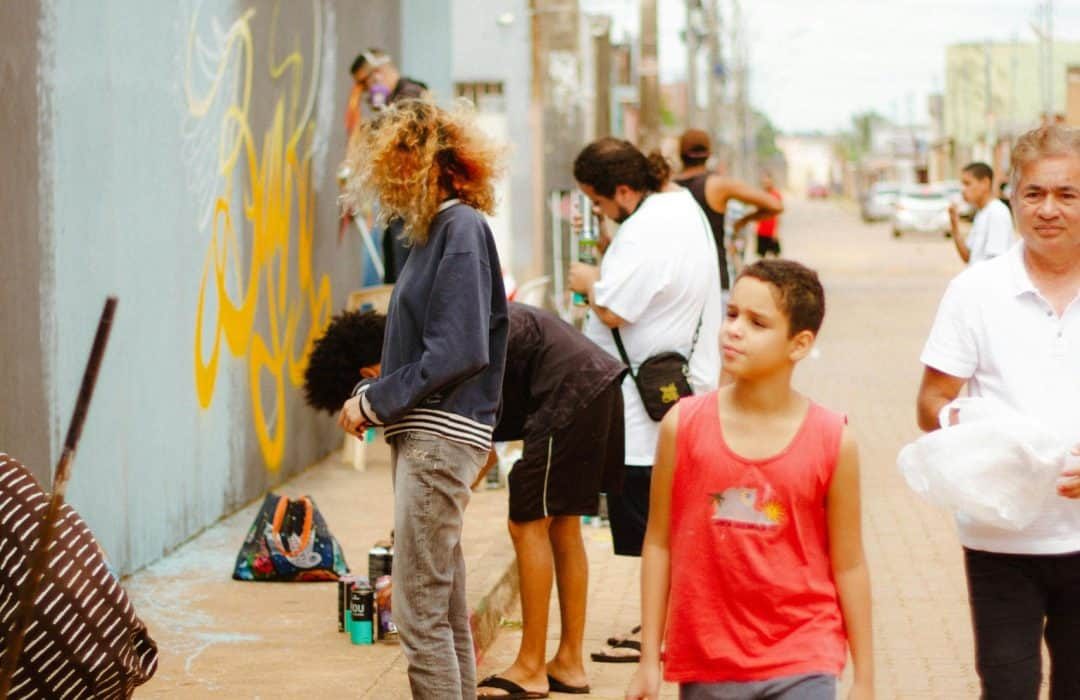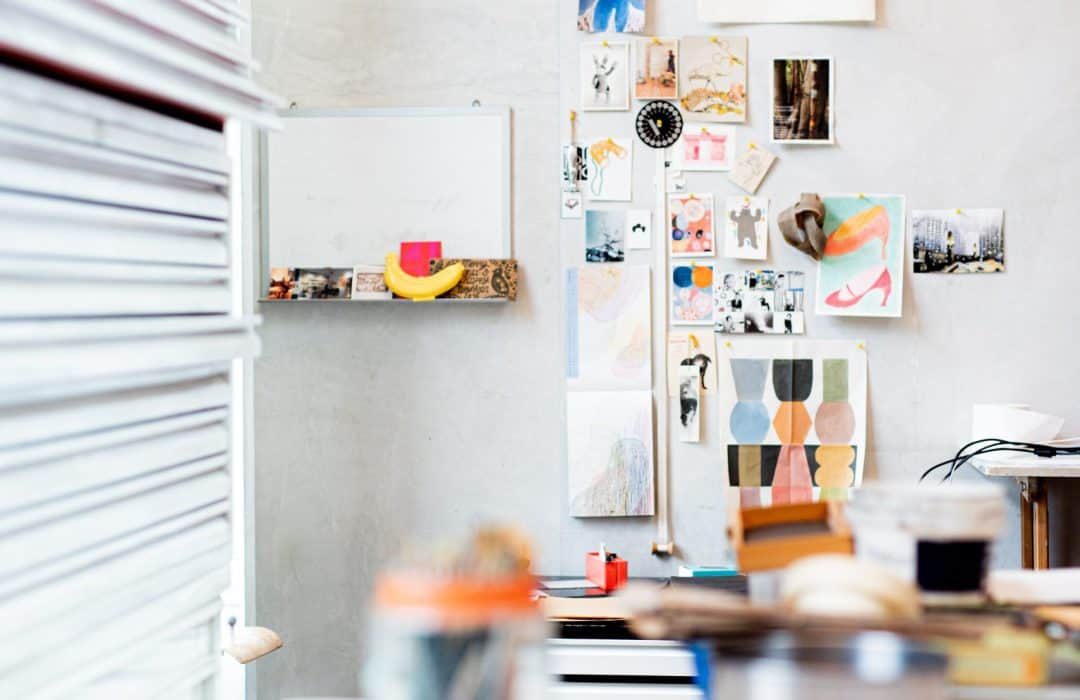
02 Feb Cross-Cultural Collaborations in Art
Cross-cultural collaborations have become transforming forces in today’s globalized art world, surpassing traditional artistic relationships. This essay examines their significant influence, highlighting how they enhance the art world, encourage creativity, and advance cross-cultural understanding. When artists come together from all around the world, their combined efforts go beyond national borders to produce works of art that capture the universality of the human experience. These partnerships act as dynamic forums for the convergence of viewpoints, questioning accepted wisdom and expanding the parameters of creative expression.
Beyond mere artistic endeavors, these collaborations inject fresh ideas and innovative approaches into the cultural discourse. The collision of diverse creative energies sparks a renaissance, propelling the art world into unexpected realms of evolution. Moreover, these partnerships play a pivotal role in dismantling stereotypes, fostering a deeper cultural understanding, and encouraging audiences to explore the richness of different cultures with open minds. The collaborative spirit in cross-cultural endeavors not only transforms the artistic landscape but also contributes to a global cultural tapestry where diversity is celebrated, and shared experiences become the threads that bind us all.
Benefits of Cross-Cultural Collaborations

Photo by Haseeb Jamil
Increased Creativity and Innovation
Collaborative efforts that bring together artists from diverse backgrounds have a profound impact on creativity and innovation within the artistic realm. The convergence of different perspectives, techniques, and artistic sensibilities serves as a powerful catalyst for generating fresh and imaginative ideas. This dynamic interplay not only pushes the boundaries of artistic expression but also contributes significantly to the continuous evolution of various art forms. The cross-pollination of ideas sparks innovation, leading to the creation of novel artworks that stand as a testament to the transformative power of collaborative creativity.
Fusion of Aesthetics and Traditions
One of the remarkable outcomes of cross-cultural collaborations is the emergence of unique and hybrid artistic styles that seamlessly blend diverse aesthetics and traditions. This fusion not only enriches the overall artistic landscape but also challenges and redefines conventional norms. Through the amalgamation of artistic elements from different cultural backgrounds, artists create fresh expressions that resonate with a global audience. This synthesis of aesthetics and traditions results in the birth of distinctive artistic languages that celebrate cultural diversity while forging new paths in artistic exploration.
Breaking Down Cultural Barriers
Art possesses the extraordinary ability to transcend cultural differences and foster empathy and understanding. Collaborations between artists from various backgrounds play a pivotal role in breaking down cultural barriers by promoting respect for diverse viewpoints and histories. As artists collaborate, they become agents of change, acting as bridges between cultures. The shared language of art facilitates meaningful dialogues, contributing to a greater appreciation of cultural diversity and promoting a sense of unity in a world that is often characterized by differences.
Strengthening Global Dialogue
Cross-cultural collaborations elevate artists to the status of cultural ambassadors, facilitating the bridging of communities and sparking meaningful conversations about shared human experiences. The art that emerges from these collaborations becomes a powerful medium for global dialogue, transcending linguistic and geographical boundaries. Through their work, artists engage in a form of cultural diplomacy, fostering connections and understanding across diverse cultural backgrounds. These collaborations contribute to the formation of a more interconnected and harmonious global society.
Economic Opportunities
Beyond their artistic impact, cross-cultural collaborations open up new economic opportunities for artists. By breaking into new markets and audiences, collaborative efforts create pathways for sustainable livelihoods for artists from various backgrounds. This economic impact extends beyond individual artists to contribute to the overall economic growth of communities involved in these collaborations. The exchange of artistic ideas becomes a catalyst for economic development, reinforcing the notion that cultural diversity is not only a source of artistic richness but also a driver of economic prosperity.
Key Takeaways
1. Increased Creativity and Innovation – Collaboration inspires novel ideas and pushes artistic boundaries.
2. Fusion of Aesthetics and Traditions – Results in unique hybrid styles challenging conventional norms.
3. Breaking Down Cultural Barriers – Art promotes empathy and understanding, acting as a bridge between cultures.
4. Strengthening Global Dialogue – Artists become cultural ambassadors, fostering connections and understanding.
5. Economic Opportunities – Collaborations open new markets and contribute to the economic growth of communities.
Challenges and Considerations

Photo by Beatriz Braga
Power Dynamics and Cultural Appropriation
In the context of creative partnerships, power disparities between members must be acknowledged and managed. These disparities may result from a variety of factors, including disparities in background, status in society, or influence. Building an atmosphere where all partners feel heard and appreciated requires acknowledging and resolving these power relations. A deliberate effort should also be made to steer clear of cultural appropriation, which is the act of taking cultural aspects and using them without acknowledging or appreciating their value. Collaborators make the creative process more inclusive and morally sound by honoring the cultural roots of creative components.
Mutual Respect, Open Communication, and Sensitivity
The foundation of any successful collaboration lies in mutual respect and open communication. Participants should be encouraged to express their ideas and concerns freely, fostering an atmosphere where everyone’s input is considered valuable. Sensitivity to cultural differences is equally vital to ensure that communication is respectful and avoids unintentional offense. By promoting an environment of openness and understanding, collaborators can navigate potential challenges more effectively and work together harmoniously.
Equitable Partnerships and Fair Representation
Equity should be a guiding principle in creative partnerships, ensuring that all participants have an equal say in decision-making processes and that their contributions are fairly acknowledged. This involves creating opportunities for diverse voices to be heard and actively seeking representation from various backgrounds. Collaborations should celebrate the unique contributions of each cultural element involved, emphasizing the richness that diversity brings to the creative process. By fostering equitable partnerships and fair representation, collaborators can create more authentic and culturally enriched artistic works that reflect the richness of the global creative landscape.
Salient Features
1. Power Dynamics and Cultural Appropriation – Address power imbalances and avoid cultural appropriation.
2. Mutual Respect, Open Communication, and Sensitivity – Emphasize mutual respect, open communication, and sensitivity to cultural differences.
3. Equitable Partnerships and Fair Representation – Highlight the importance of fair representation and celebrate unique contributions.

Photo by laura adai
Conclusion
Cross-cultural partnerships have become transforming forces in the dynamic field of globalized art, profoundly enhancing the creative environment. These partnerships, which unite artists from various backgrounds, act as stimulants for new ideas and heightened creativity. Aesthetics and tradition combine to create new, hybrid artistic styles that defy conventions and advance the development of different art forms. Furthermore, these partnerships are essential for dismantling cultural barriers, encouraging empathy, and advancing meaningful conversations between people from various social backgrounds.
Despite their immense benefits, cross-cultural collaborations come with challenges that require thoughtful consideration. Addressing power dynamics, avoiding cultural appropriation, and emphasizing mutual respect and open communication are essential aspects. Equitable partnerships that celebrate the distinct contributions of each cultural element involved are key to ensuring harmonious collaborations. As artists become cultural ambassadors, sparking global conversations, cross-cultural collaborations stand as a testament to the art world’s potential to transcend boundaries, promote understanding, and create a shared space for diverse voices to harmonize.
FAQs
What is the main advantage of cross-cultural collaborations in art?
The primary advantage is the stimulation of creativity and innovation, as diverse perspectives and techniques blend to inspire new ideas and push artistic boundaries. When artists from different cultural backgrounds come together, they bring unique insights, experiences, and artistic techniques. This amalgamation results in a rich tapestry of creativity that transcends individual cultural norms and contributes to the evolution of artistic expression.
How do cross-cultural collaborations contribute to breaking down cultural barriers?
Collaborations foster empathy and understanding by acting as bridges between cultures, promoting respect for diverse viewpoints and histories through the language of art. By engaging in joint artistic endeavors, individuals from different cultures gain insight into each other’s worldviews, traditions, and values. This shared creative process helps break down preconceived notions and stereotypes, fostering a deeper appreciation for the richness and complexity of each culture involved.
What challenges should be considered in cross-cultural collaborations?
Challenges in cross-cultural collaborations are multifaceted and require careful consideration. Power dynamics can emerge, with one culture unintentionally dominating the creative process. Cultural appropriation is another concern, as artists must be mindful of respecting and understanding the significance of symbols or practices from other cultures. Additionally, there is a need for mutual respect, open communication, and sensitivity to cultural differences to ensure a harmonious collaboration. Achieving equitable partnerships with fair representation of participants is crucial to avoiding marginalization and ensuring that all voices are heard and valued in the collaborative process.
Navigate the digital landscape with confidence as an artist with this “Promoting Contemporary Art in Digital Age” guide, providing essential strategies and tips to effectively promote your work in the ever-evolving realm of digital media.

